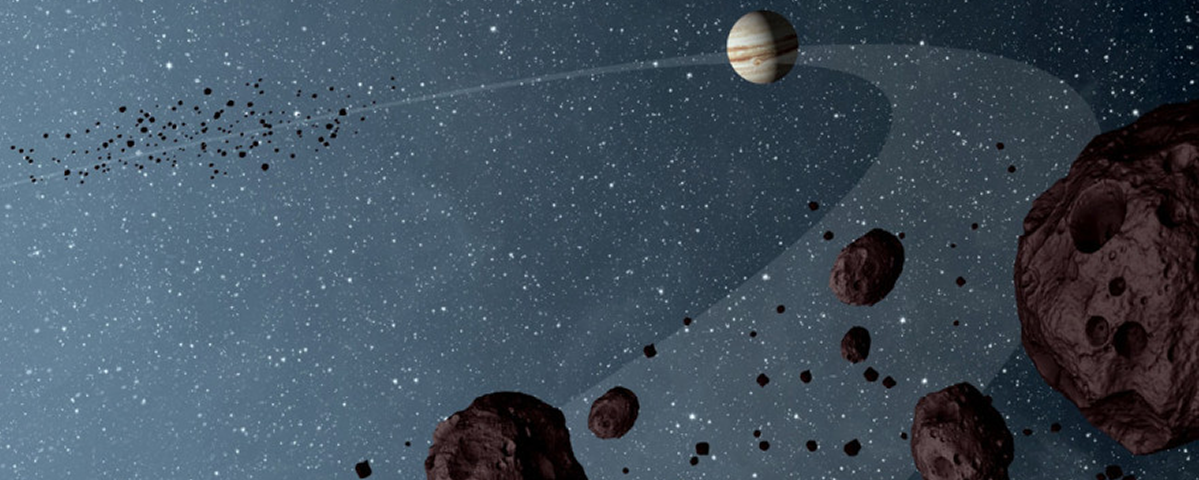
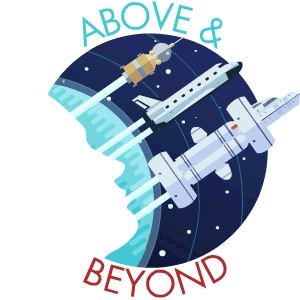
Around the world, ecosystems are being destroyed at a rate unprecedented in the Earth’s history. Species are going extinct, habitats are being disrupted, and unique aspects of nature are disappearing before our very eyes. The cause, as we all know, is humankind–and our insatiable appetite for metals, oil, and other resources. But what if there was an alternative to digging these resources out of the ground?
Enter asteroid mining–a hypothetical industry where resources are harvested from asteroids, moons, and even small planets, rather than the ground below our feet. By harvesting resources in space we could halt some of the most environmentally damaging practices, from burning fossil fuels to mining for metals. It might be our best chance to save natural environments here on Earth.

Asteroids can be classified into different types based on their composition–C-type asteroids contain organic material, and can be a good source of water, oxygen, and hydrogen for fuel. Mining fuel from asteroids could make long-distance space travel both affordable and sustainable. Every kilogram you launch into space uses 50 kilograms (110 pounds) of fuel–costing an eye-watering $2.5 million–to escape Earth’s gravitational field and reach geostationary orbit.
From there, the same amount of energy could get you all the way to Saturn. But you have to launch that fuel, too–requiring another 50 kilograms of fuel to get into orbit. And so on. The costs of travel in space increase exponentially the farther you go; this is one of the few remaining barriers to long-distance space travel.
“It’s all about the cost of propellant in space,” explained Philip Metzger, a planetary physicist at the University of Central Florida. Asteroid mining avoids these exponential costs by sourcing resources like fuel, water, and oxygen–as well as raw materials for construction–directly from space.
M-type asteroids are metallic and contain vast quantities of many metals we currently mine on Earth such as gold, platinum, iron, and aluminum. One asteroid that passed Earth last year was estimated to contain as much as $5 trillion in precious metals.
Mining these metals on Earth is devastating to the environment–it pollutes air and water sources with toxic chemicals such as mercury, sulphuric acid, and cyanide, clogging nearby rivers and streams with tons of displaced rock and using vast amounts of energy in the process. Sourcing metals off-planet could avoid these ecological issues and offer a limitless supply of materials for everything from skyscrapers to smartphones.
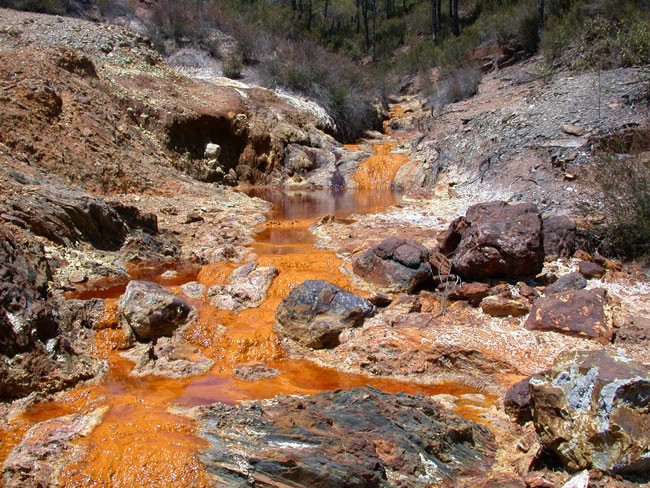
With advances in robotics, we could set up enormous, automated space factories to mine, process, and deliver raw materials–and build structures in zero gravity that would never have made it off the launch pad. By mining material in space for objects we build there, we avoid the astronomical costs of sending it up from the Earth’s surface.
Metzger says “asteroid mining will initially be for water.” Water is abundant and extremely versatile. It can be used as drinking water, split into its constituent parts for use as hydrogen fuel and oxygen to breathe, or heated to a vapor and used as rocket propellant. It also acts as a handy radiation shield.
The first mining missions will target C-type asteroids, which make up 75 percent of known asteroids and are thought to contain as much as 22 percent water. Mining asteroids like these could provide enough clean energy to exceed modern global demands, even as we expand into space.

In 2014, the European Space Agency’s Rosetta mission captured our imaginations by demonstrating humanity’s ability to land on a moving object in space. Project scientist on the Rosetta mission Dr. Matt Taylor said landing on an asteroid is actually easier. “Asteroids are more approachable than comets,” he explained, because they have a more circular orbit and are much less active, making them easier to navigate around.
But at a cost of $1.45 billion, the Rosetta mission was a far cry from the regular, commercial trips needed to mine near-Earth objects like asteroids. Not to mention setting up the infrastructure to harvest and manufacture goods in space.

“Successful government missions to asteroids and comets have proven the technological capabilities needed,” said Meagan Crawford, a representative for asteroid mining firm Deep Space Industries (DSI).
DSI is currently developing new technology to “drastically reduce the costs and timelines of deep space missions,” she said. Key technological challenges that remain include efficient propulsion, autonomous robotics, better space communications, and radiation-tolerant computers. Despite these challenges, DSI intends to mine its first asteroid before 2030, and this week announced plans to launch an interplanetary mining exploration mission, Prospector-1, within the next four years.
Metzger put a longer timescale on the process, but one very much within our lifetimes–he said asteroid mining “should be a reality in about 20 years.”
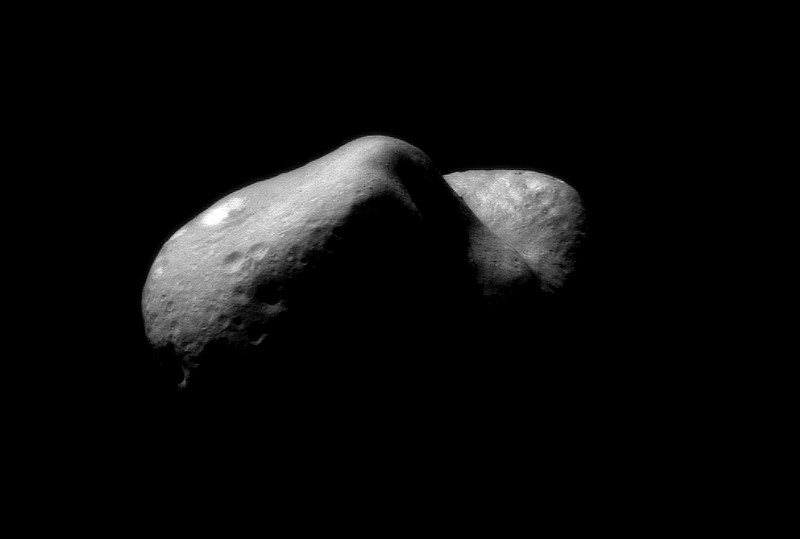
Mining and smelting metals currently releases over 28,000 tonnes of lead and nearly 2,000 tonnes of mercury into the environment every year. If we closed all our mines and performed these processes in space, the benefit to planet Earth could be enormous. Not only could we stop poisoning our atmosphere and water with toxic chemicals, the land could be restored and used instead for agriculture or to expand nature reserves. Some think asteroid mining is the key to saving Earth’s biodiversity and preserving our remaining natural spaces.
Metzger agrees that “space industry has the potential to decouple the economy from the ecology,” which nothing we do on Earth can achieve. Mining asteroids could allow us to prioritize conservation projects on Earth by removing the pressures that pit them against lucrative resource extraction.
However, asteroid mining isn’t the quick fix some might be hoping for. “I disagree with the exuberance of some who make it sound as though mining asteroids will immediately solve Earth’s problems,” said Metzger. Although it “will not make a significant difference in the next few decades,” shifting our industry into space is needed in the long-term as our population grows towards 11 billion, he said.

Mining in space also has wider implications for how we view and exploit resources. We must decide what kind of interplanetary society we want to be–plundering galactic resources without restraint, or striving for a new culture of sustainability.
Asteroid mining “could provide an interim solution in the case of critical resources that we have depleted on Earth,” said Georgina Mace, head of the Centre for Biodiversity and Environment Research (CBER) at University College London. “But ecological sustainability requires that we live within available resources, not that we continue to look elsewhere as we use up resources that we have to hand.”
It’s hard to define exactly what we mean by sustainability when we’re discussing a near-infinite pool of resources in space. But to early humans, Earth’s resources also appeared infinite–so we should be wary of taking the rich reserves of asteroids for granted.
Mace said that we could avoid making the same mistakes in space “by making the asteroid mine a public asset, so that all proceeds from extractive mining [are] used for public good projects.” This type of system has been successfully used in Norway to regulate profits from its North Sea oil reserves, she explained, and is a model for how to “use non-renewables more sustainably.”
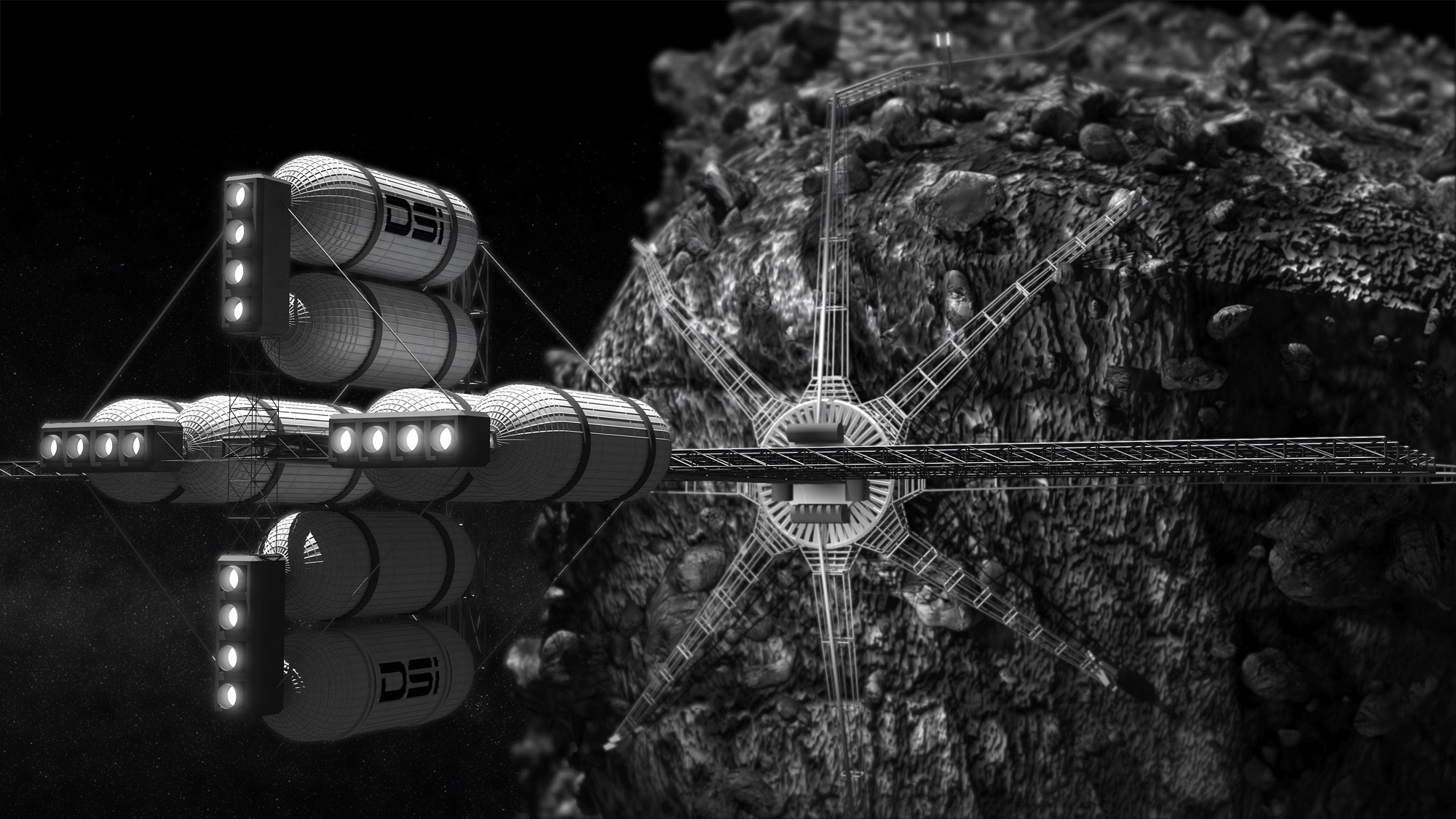
Asteroid mining offers a neat solution to many of the challenges of space travel and colonization, and could help alleviate some of the pressing ecological issues on Earth. But these pressures–fossil fuel consumption, deforestation for biofuels, and mining for rare metals–are escalating much faster than our asteroid-mining plans are progressing.
To me, it seems unlikely that asteroid mining will be established in time to save nature. But many still believe it is our best chance for expanding our civilization into space. Perhaps more importantly, if we can regulate the asteroid mining industry to ensure that we mine resources responsibly and sustainably in space, then we can have the best of all worlds.


How We Get To Next was a magazine that explored the future of science, technology, and culture from 2014 to 2019. This article is part of our Above & Beyond section, which looks at our understanding of the universe beyond Earth. Click the logo to read more.
